Home>Garden Essentials>When To Harvest Calla Lily Seeds
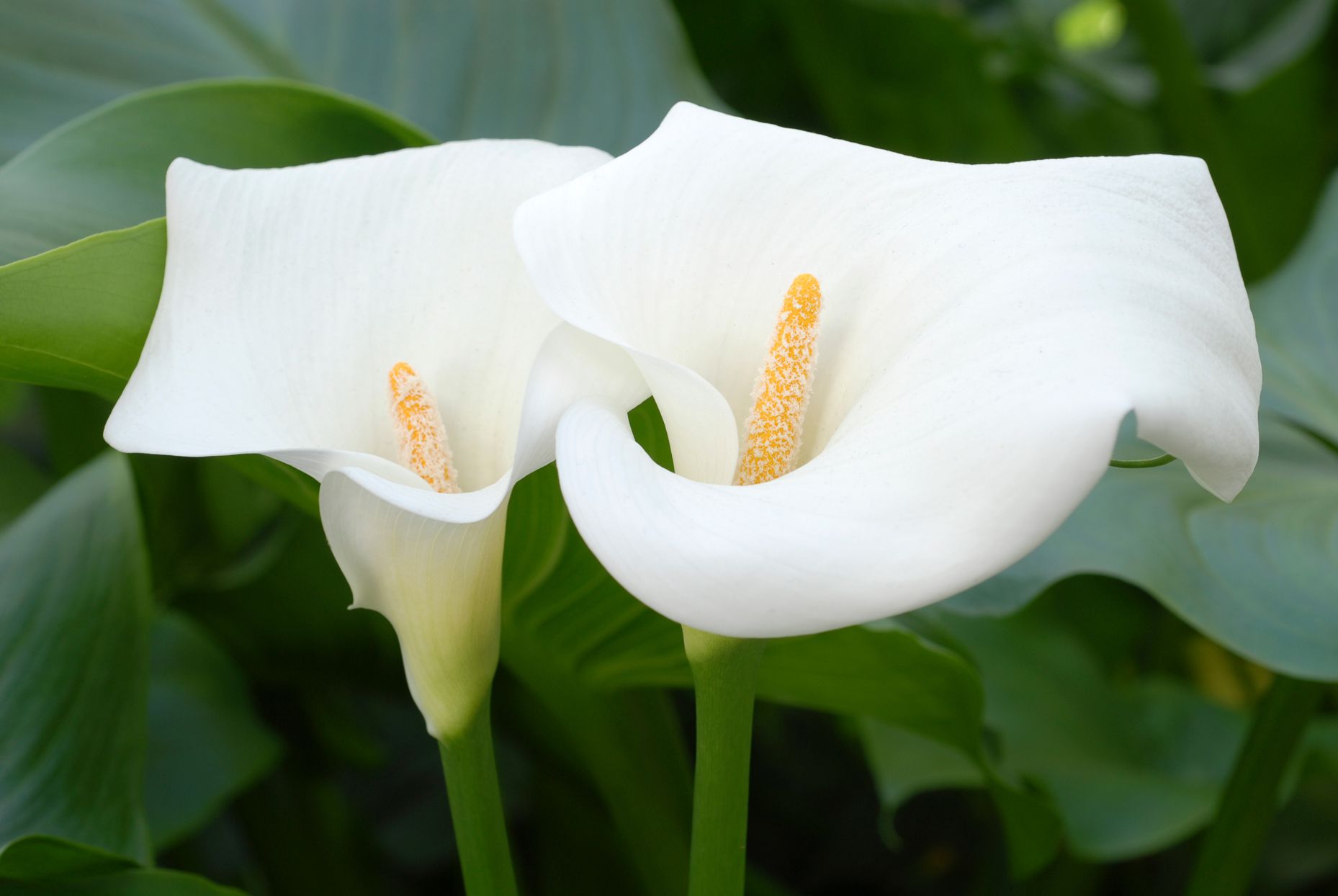

Garden Essentials
When To Harvest Calla Lily Seeds
Modified: August 25, 2024
Learn the appropriate time to harvest calla lily seeds in your garden and ensure a successful garden harvest. Essential tips and techniques shared!
(Many of the links in this article redirect to a specific reviewed product. Your purchase of these products through affiliate links helps to generate commission for Storables.com, at no extra cost. Learn more)
Introduction
Welcome to the fascinating world of calla lilies! These elegant and graceful flowers have captivated gardeners and enthusiasts with their majestic beauty. While most people are familiar with calla lilies for their ornamental value, did you know that you can also harvest the seeds of calla lilies? Harvesting calla lily seeds can be a rewarding endeavor, allowing you to propagate and grow these stunning flowers in your own garden.
In this article, we will guide you through the process of harvesting calla lily seeds and provide you with the knowledge you need to successfully collect and cultivate these seeds. But before we delve into the harvesting process, let’s gain a better understanding of calla lily seeds and their characteristics.
Key Takeaways:
- Harvest calla lily seeds when they turn from green or yellow to brown or black, ensuring they are fully mature for successful germination and growth in your garden.
- Store and propagate calla lily seeds by drying them, using airtight containers, and considering stratification to maintain viability, then sow them in well-draining soil for beautiful blooms.
Read more: How To Grow Calla Lily Seeds
Understanding Calla Lily Seeds
Calla lily seeds are the reproductive structures of the calla lily plant (Zantedeschia spp.). These seeds are formed through the pollination and fertilization of the flowers. The calla lily plant is known for its large, showy flowers, which come in various colors such as white, pink, yellow, and purple. The seeds themselves are small, hard, and round structures that contain the genetic material needed for new calla lily plants to grow.
Unlike some other plants, calla lily seeds are not borne in fruits or seed pods. Instead, they are located inside the spadix, which is the central column of the flower. The spadix is covered by a modified leaf called the spathe, which gives calla lilies their distinctive appearance. The seeds develop within the spadix and ripen over time, eventually becoming ready for harvesting.
Calla lily seeds have certain characteristics that make them unique. They are hardy and can survive a dormant period, allowing them to withstand adverse conditions until the right conditions for germination arise. The seeds are also relatively small in size and need to be handled with care during the harvesting process.
Now that we understand what calla lily seeds are and how they are formed, let’s explore the factors you need to consider before harvesting them. Understanding these factors will help you determine the best time to gather the seeds and increase your chances of having successful harvests.
Key Takeaways:
- Harvest calla lily seeds when they turn from green or yellow to brown or black, ensuring they are fully mature for successful germination and growth in your garden.
- Store and propagate calla lily seeds by drying them, using airtight containers, and considering stratification to maintain viability, then sow them in well-draining soil for beautiful blooms.
Read more: How To Grow Calla Lily Seeds
Understanding Calla Lily Seeds
Calla lilies (Zantedeschia spp.) are well-known for their striking beauty and are often cultivated as ornamental plants. While many people enjoy growing calla lilies for their stunning flowers, others may be interested in the seeds they produce. In this section, we will delve deeper into the world of calla lily seeds, exploring what they are, how they are formed, and their unique characteristics.
What are Calla Lily Seeds?
Calla lily seeds are the reproductive structures produced by the calla lily plant. These seeds contain the genetic information necessary for new plants to grow. While calla lilies are often propagated through other methods like division of rhizomes or bulbs, collecting and sowing calla lily seeds can be an exciting way to grow a diverse range of new plants.
How are Calla Lily Seeds Formed?
To fully understand calla lily seed formation, it’s important to know a bit about the plant’s reproductive process. Calla lilies are flowering plants that have both male and female reproductive parts. The male parts, known as the stamens, produce pollen. The female part, called the pistil, consists of the stigma, style, and ovary.
When a calla lily flower blossoms, the stamens release pollen onto the stigma. The pollen then travels down the style and reaches the ovary, where the seeds develop. Fertilization occurs within the ovary as the pollen combines with the ovule to form a seed. Calla lily seeds develop within the protective environment of the ovary until they are fully mature and ready to be dispersed.
Characteristics of Calla Lily Seeds
Calla lily seeds have several unique characteristics that contribute to their viability and successful germination. Firstly, calla lily seeds are typically small and compact. Their small size allows them to be easily dispersed by natural means such as wind or water, aiding in their colonization and spread.
Calla lily seeds are also designed to withstand periods of dormancy. This dormancy period ensures the seeds remain viable until suitable growing conditions are present. Dormancy allows the seeds to endure unfavorable environments and delays germination until conditions are optimal for growth.
Additionally, calla lily seeds possess a hardened outer coating or seed coat, which provides protection against environmental stresses. This durable coating shields the delicate embryo inside and assists in preventing damage caused by moisture, pests, or extreme temperatures.
Understanding the unique characteristics of calla lily seeds is essential for successfully collecting, storing, and germinating them. With this knowledge, you’ll be well-equipped to embark on your journey of harvesting calla lily seeds and expanding your garden with these beautiful plants.
Factors to Consider before Harvesting Calla Lily Seeds
Before embarking on the exciting journey of harvesting calla lily seeds, it’s important to take certain factors into consideration. Proper timing and understanding the conditions necessary for successful seed collection can significantly impact the quality and viability of the harvested seeds. In this section, we will explore the key factors you should consider before harvesting calla lily seeds.
Ripeness of Calla Lily Seeds
One crucial factor to consider is the ripeness of the calla lily seeds. Harvesting the seeds at the right time ensures they have reached their full maturity, improving their chances of successful germination. Calla lily seeds typically mature after the flowers have faded and the seed pods have developed on the spadix.
To determine seed ripeness, observe the color change in the seeds. As the seeds mature, they often change from a green or yellowish color to a darker shade of brown or black. This color transformation indicates that the seeds have undergone the necessary physiological changes and are ready to be collected.
Time of Year
The time of year also plays a crucial role in determining when to harvest calla lily seeds. Generally, it is best to wait until the end of the growing season to collect seeds. This allows for ample time for the seeds to mature and develop fully before harvest.
In most regions, calla lilies bloom during the late spring to early summer months. After the flowers have bloomed and started to fade, the seed pods will begin to develop. It is important to monitor the progress of the seed pods during this time. Wait until the seed pods have reached their full size and the seeds inside have ripened before embarking on the harvesting process.
Vigor of the Parent Plant
The vigor of the parent plant also plays a significant role in the quality and viability of the calla lily seeds. When selecting plants for seed harvesting, choose healthy and robust specimens. Plants that are disease-free, have strong stems, and display vigorous growth are more likely to produce high-quality seeds.
By selecting plants with strong genetic traits, you increase the likelihood of obtaining seeds that will produce healthy and resilient plants in the future. Avoid selecting plants that are weak, damaged, or exhibiting signs of disease, as this can lead to poor-quality seeds and potentially compromised seedlings.
By considering the ripeness of the seeds, the time of year, and the vigor of the parent plant, you can ensure optimal conditions for successful calla lily seed harvesting. These factors will greatly impact the growth and development of the seeds and increase the chances of successful germination. In the next section, we will explore the signs of ripeness in calla lily seeds, helping you determine the perfect time to harvest.
Harvest calla lily seeds when the seed pods turn brown and start to split open. Gently remove the pods and allow them to dry for a few days before extracting the seeds. Store the seeds in a cool, dry place until ready to plant.
Signs of Ripeness in Calla Lily Seeds
Knowing when calla lily seeds are ripe and ready for harvest is essential for a successful seed collection. There are several signs to look out for to determine if the seeds have reached the ideal stage of ripeness. In this section, we will explore the signs that indicate the readiness of calla lily seeds for harvesting.
Color Change in Seeds
One of the primary indicators of seed ripeness in calla lilies is a noticeable color change. As the seeds mature, they often undergo a transformation in color. Initially, the seeds may appear green or yellowish, but as they ripen, they tend to darken and take on a deep shade of brown or black. This color change is a reliable indicator that the seeds have reached their full maturity and are ready for harvest.
Texture and Firmness of Seeds
In addition to color change, the texture and firmness of calla lily seeds can provide clues about their ripeness. Ripe seeds tend to have a firm and solid feel when gently pressed between your fingers. As the seeds mature and develop their protective seed coat, they become more robust and sturdy.
Conversely, unripe seeds may feel soft, pliable, or even mushy to the touch. If the seeds are not firm and lack structure, it is an indication that they are not fully matured. Harvesting seeds at this stage may result in low germination rates or failure to sprout altogether.
Drying and Shrinking of Seed Pods
Another sign of seed ripeness can be observed in the behavior of the seed pods themselves. As the seeds approach maturity, the seed pods, located on the spadix, will begin to dry out and shrink. This drying and shrinking process is a natural progression as the seeds inside the pod reach their full potential.
Observe the seed pods on the calla lily plant and look for signs of drying, such as a change in texture or a shriveled appearance. When the seed pods have significantly dried and contracted, it is an indication that the seeds inside have completed their maturation process.
By paying attention to the color change in the seeds, the texture and firmness of the seeds, as well as the drying and shrinking of the seed pods, you can accurately gauge the ripeness of calla lily seeds. These signs of ripeness will guide you in determining the perfect time to harvest the seeds, ensuring the highest chances of successful germination. In the next section, we will explore the step-by-step process of harvesting calla lily seeds.
Read more: How To Grow Calla Lilies From Seed
Steps to Harvest Calla Lily Seeds
Harvesting calla lily seeds is an exciting endeavor that allows you to expand your garden with these beautiful plants. To ensure a successful seed collection, it’s important to follow a series of steps. In this section, we will guide you through the process of harvesting calla lily seeds, from selecting the right time to cleaning and drying the harvested seeds.
Selecting the Right Time
The first step in harvesting calla lily seeds is to select the right time for the task. As we discussed earlier, it’s crucial to wait until the seeds have reached full maturity before harvesting. Look for the signs of ripeness we discussed, such as a color change in the seeds, firmness of the seeds, and drying and shrinking of the seed pods.
When the seeds exhibit these signs, and the seed pods have visibly dried and contracted, it’s an indication that the seeds are ready for harvest. Patience is key, as rushing the process can result in immature seeds that may not germinate successfully.
Preparing the Tools and Equipment
Before you start harvesting, gather the necessary tools and equipment. You will need a pair of sharp, sterilized pruning shears or scissors for removing the seed pods from the plant. Ensure that your tools are clean and sharp to minimize damage to the plant and seeds.
Additionally, have a clean container, such as a wide-mouthed jar or a tray, ready to collect the harvested seed pods and later extract the seeds. This container should be clean and dry to prevent any moisture or contamination that may affect the quality of the seeds.
Removing Seed Pods from the Plant
Once you have chosen the right time and prepared your tools and equipment, it’s time to remove the seed pods from the calla lily plant. Carefully inspect the plant and identify the seed pods that have reached maturity. Locate the pods that have dried and are showing signs of shrinkage.
Using the sterilized pruning shears or scissors, snip the stem just below the seed pod, taking care not to damage any other parts of the plant. Place the detached seed pods into your clean container, being mindful not to mix different seed pods together.
Extracting Seeds from Seed Pods
To extract the seeds from the harvested seed pods, allow them to dry for a few days. This drying period helps to separate the seeds from the pod and makes the extraction process easier. Once the seed pods have dried, gently apply pressure to the pods with your fingers or use a pair of tweezers to crack open the pods and release the seeds.
As you extract the seeds, be careful to avoid damaging or crushing them. Transfer the extracted seeds to a separate container or envelope for further processing and storage.
Cleaning and Drying Calla Lily Seeds
After extracting the seeds, it’s important to clean and dry them before storing or sowing. To clean the seeds, gently remove any debris or plant material that may be attached to them. You can do this by carefully brushing or blowing on the seeds, or by using a fine mesh sieve to separate the seeds from any residue.
Once the seeds are clean, spread them out on a clean paper towel or a drying rack in a cool, dry location. Allow the seeds to air-dry completely, which may take several days. Ensure that the seeds are spaced out and not touching each other during the drying process to prevent moisture buildup, which can lead to mold or rot.
By following these steps to select the right time, prepare the tools and equipment, remove the seed pods, extract the seeds, and clean and dry them, you will be well on your way to successfully harvesting calla lily seeds. In the next section, we will explore the storage and propagation of the collected seeds.
Storing and Propagating Calla Lily Seeds
Once you have harvested and properly dried your calla lily seeds, it’s time to think about storing them and potentially propagating new plants. Proper storage and propagation techniques will help ensure the seeds remain viable and increase your chances of successful germination. In this section, we will explore the steps involved in storing and propagating calla lily seeds.
Prepping Seeds for Storage
Before storing calla lily seeds, it’s important to prepare them to maintain their viability. Start by ensuring that the seeds are completely dry. Any moisture retained within the seeds can lead to mold or rot during storage.
Once dry, consider stratifying the seeds. Stratification is a process of subjecting seeds to a period of cold temperatures to simulate natural winter conditions. This process can be beneficial for calla lily seeds, as it helps to break dormancy and improve germination rates. To stratify the seeds, place them in a breathable container or a damp paper towel inside a plastic bag and store them in the refrigerator for 4-8 weeks before planting.
Choosing the Right Storage Container
When storing calla lily seeds, it’s essential to choose the right container to maintain their viability. Use airtight containers, such as glass jars or plastic containers with secure lids, to keep out air and moisture. It’s also a good idea to add a desiccant, such as silica gel packets, to absorb any excess moisture and help maintain proper humidity levels.
Label the storage container with the seed variety and the date of collection. Store the container in a cool, dark place, such as a pantry or refrigerator, where temperatures remain relatively stable and away from direct sunlight.
Propagating Calla Lily Seeds
Calla lily seeds can be propagated through various methods, including direct sowing in the garden or starting indoors. To successfully propagate calla lily seeds, follow these steps:
1. Prepare a well-draining potting mix or seed starting mix.
2. Place the mix in a clean seed tray or individual pots.
3. Moisten the soil before sowing the seeds.
4. Scatter the seeds on the moist soil surface, gently pressing them in.
5. Cover the seeds with a thin layer of soil or vermiculite.
6. Place the tray or pots in a warm and bright location, away from direct sunlight.
7. Keep the soil evenly moist, but not saturated, during the germination process.
8. Germination typically takes around 2-4 weeks, but it may vary depending on the conditions and seed viability.
9. Once the seedlings have developed a few sets of leaves, they can be transplanted into larger pots or the garden.
Caring for Calla Lily Seeds during Germination
During the germination phase, it’s important to provide proper care to the calla lily seedlings. Maintain a warm and humid environment by covering the tray or pots with plastic wrap or a clear lid. This will create a mini greenhouse effect and help retain moisture.
Provide adequate light by placing the seedlings in a bright location, preferably near a window with filtered sunlight or under grow lights if necessary. Avoid placing them in direct sunlight, as this can scorch the delicate young seedlings.
Water regularly, ensuring that the soil remains moist but not waterlogged. Overwatering can lead to damping-off disease, which can be detrimental to the seedlings.
As the seedlings grow, gently thin them out, leaving only the strongest and healthiest plants. This will give the remaining seedlings more room to grow and develop properly.
By following the steps of prepping the seeds for storage, choosing the right storage container, propagating the seeds, and providing proper care during germination, you will increase your chances of successful calla lily seed propagation and enjoy the beauty of these exquisite flowers in your garden
Conclusion
Harvesting calla lily seeds is a rewarding and fascinating process that allows you to propagate these stunning flowers and expand your garden. By understanding the factors to consider before harvesting, including the ripeness of the seeds, the time of year, and the vigor of the parent plant, you can ensure optimal conditions for successful seed collection.
Signs of ripeness in calla lily seeds, such as color change, texture, and firmness, as well as the drying and shrinking of seed pods, serve as valuable indicators of when the seeds are ready for harvest. Following the step-by-step process of selecting the right time, preparing tools and equipment, removing seed pods, extracting seeds, and cleaning and drying them will further enhance your seed harvesting experience.
Storing calla lily seeds in appropriate containers and using stratification methods, when desired, will help maintain seed viability during storage. Propagating calla lily seeds can be done by direct sowing in the garden or starting indoors, with adequate care and attention throughout the germination process.
Remember, patience and diligence are key during the entire seed harvesting journey. Each step plays a crucial role in ensuring the successful growth and development of calla lily seeds. With time, effort, and nurturing, you’ll be rewarded with the beauty and elegance of these magnificent flowers in your own garden.
So, whether you’re looking to expand your collection of calla lilies or simply want to experiment with this exciting aspect of gardening, don’t hesitate to venture into the world of calla lily seed harvesting. Enjoy the process, embrace the beauty of nature’s cycles, and marvel at the wonders that await as you sow, nurture, and watch these remarkable plants bloom. Happy harvesting!
Frequently Asked Questions about When To Harvest Calla Lily Seeds
Was this page helpful?
At Storables.com, we guarantee accurate and reliable information. Our content, validated by Expert Board Contributors, is crafted following stringent Editorial Policies. We're committed to providing you with well-researched, expert-backed insights for all your informational needs.
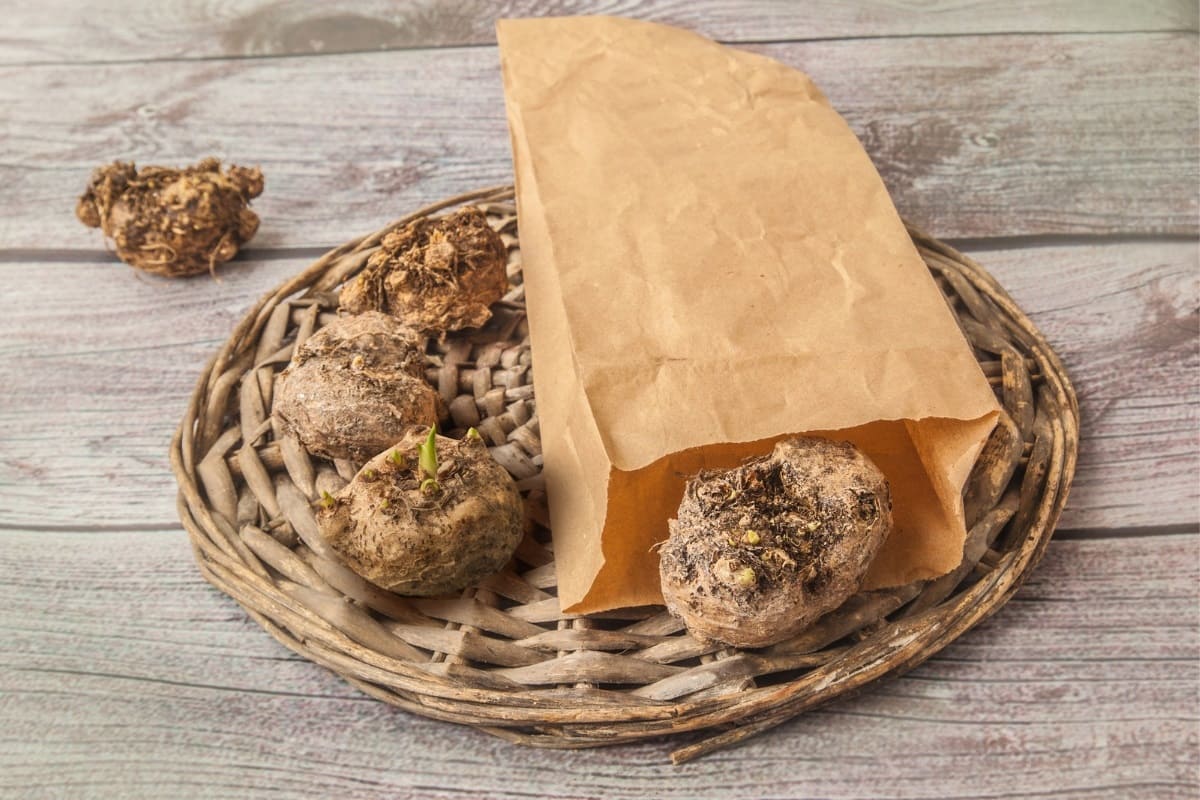
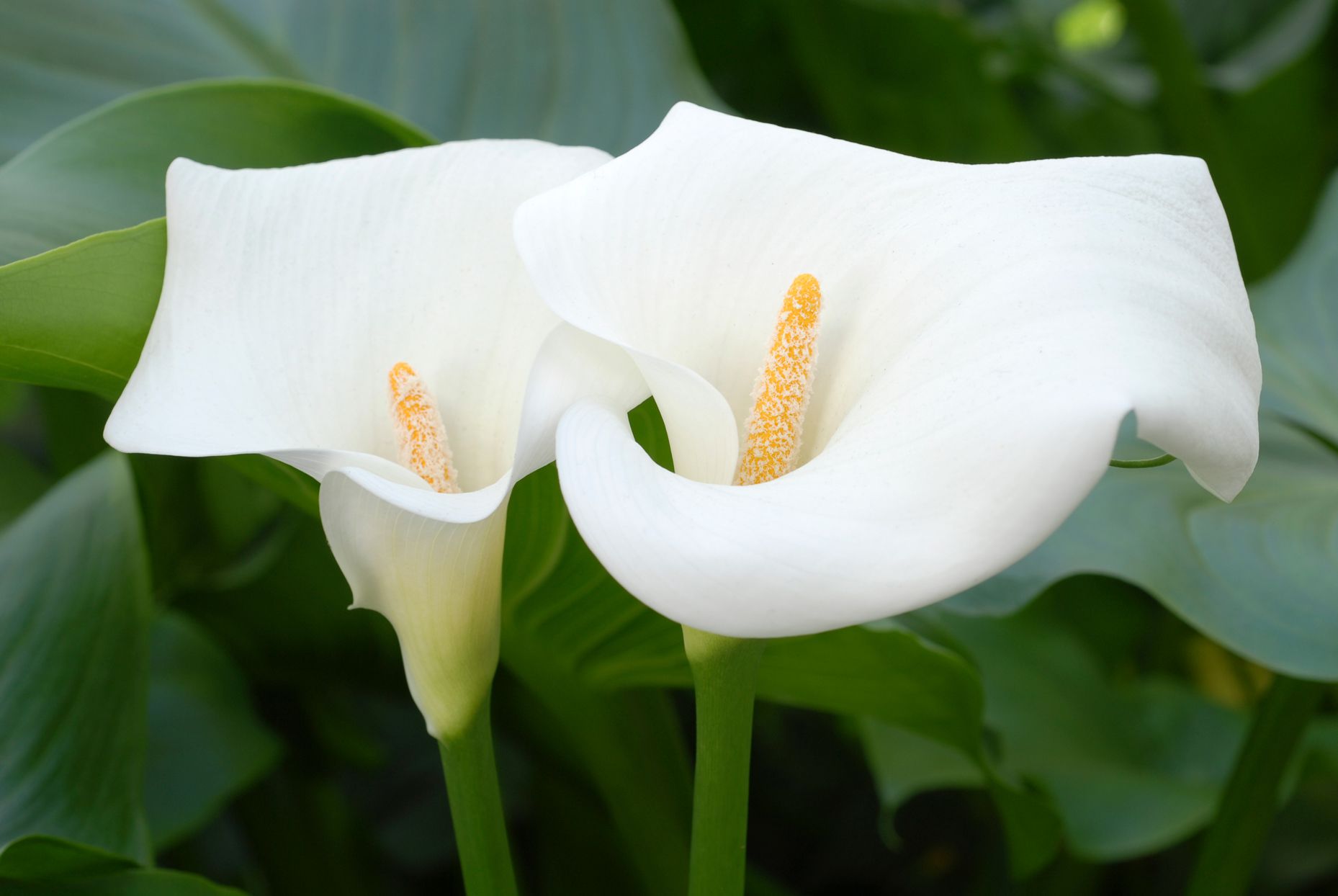
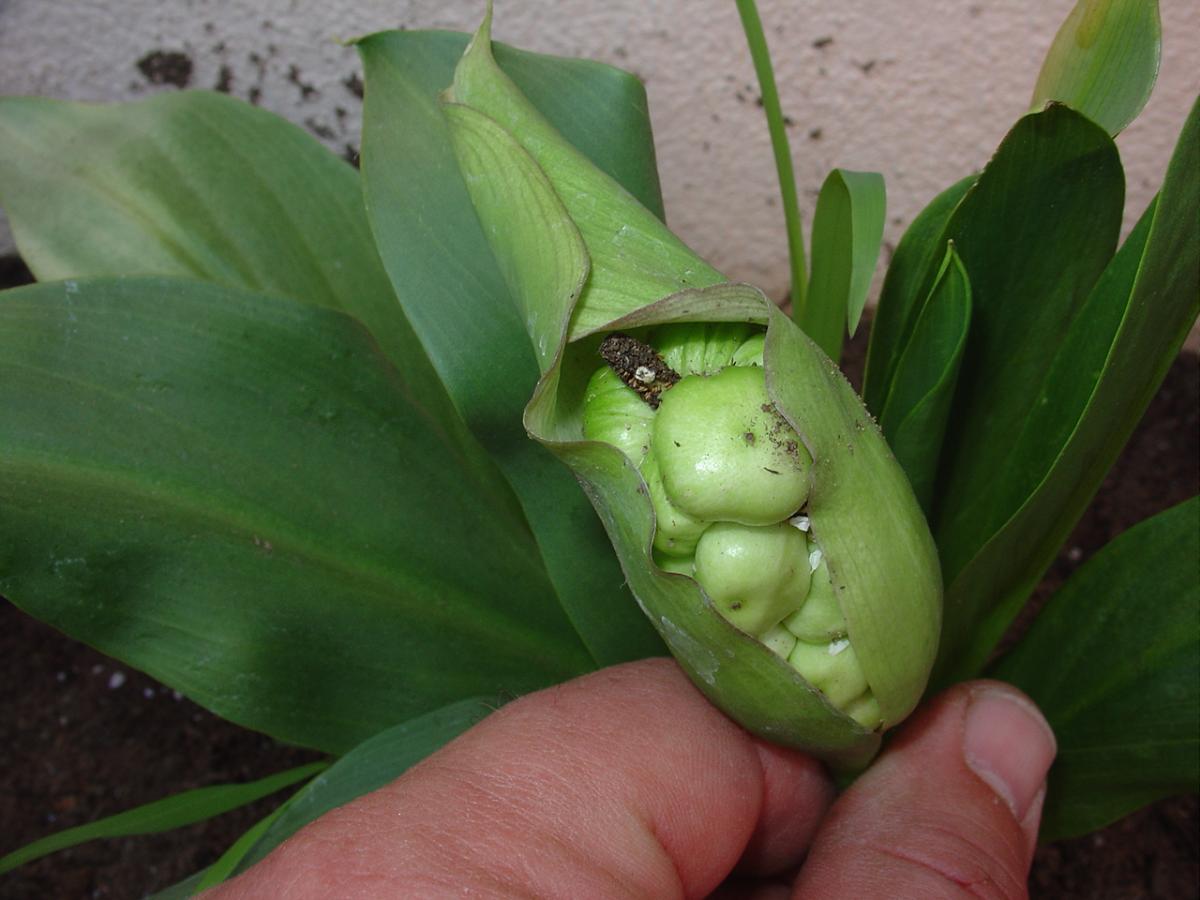
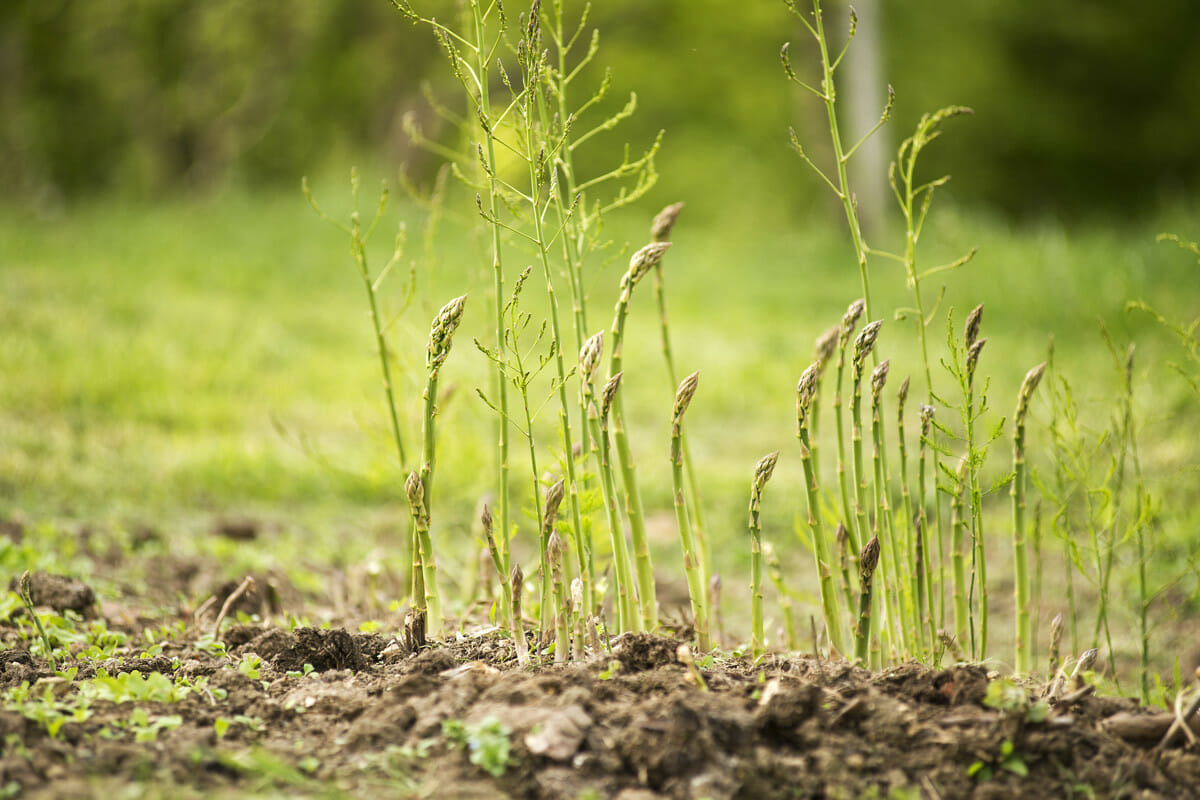
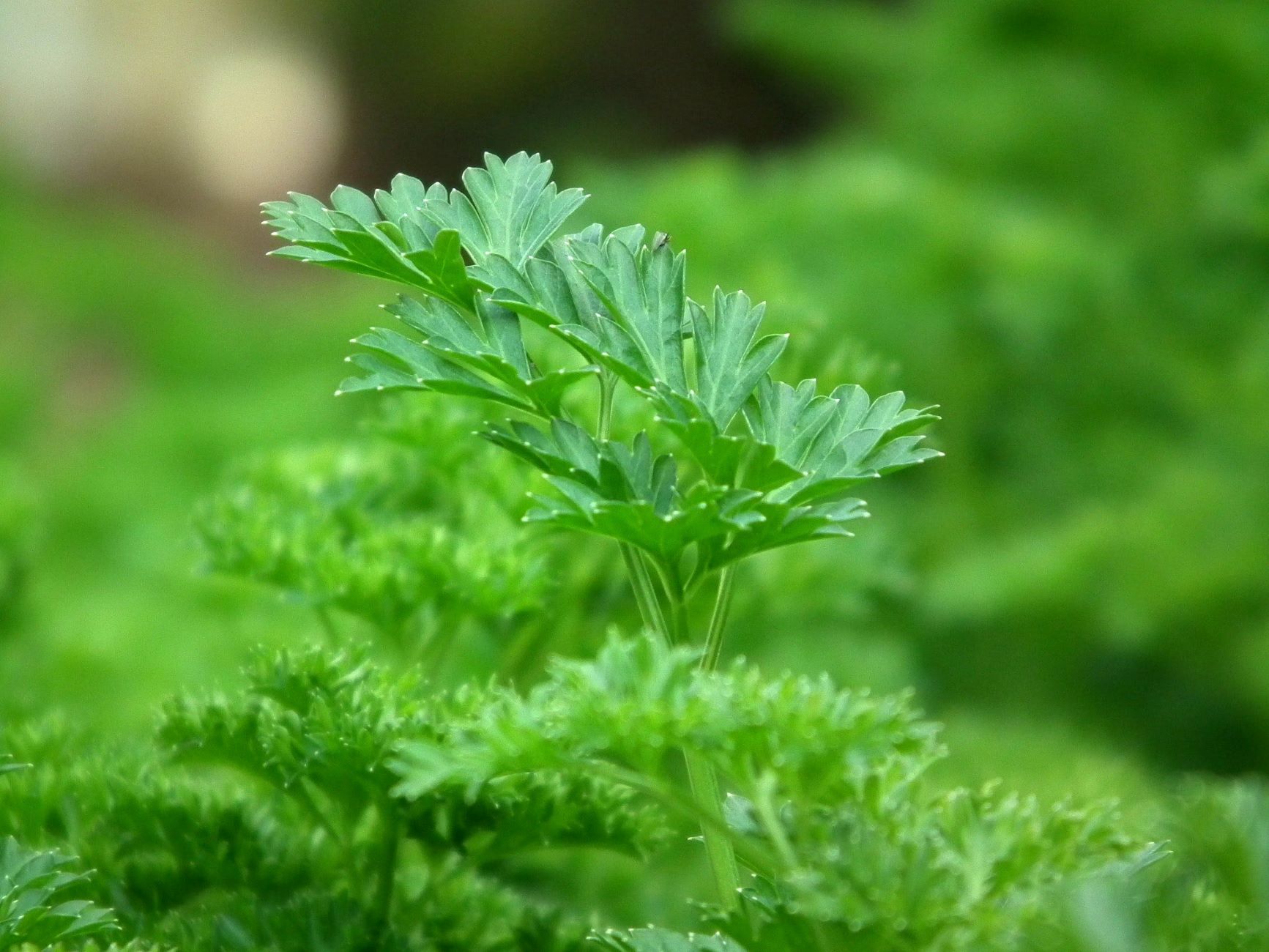
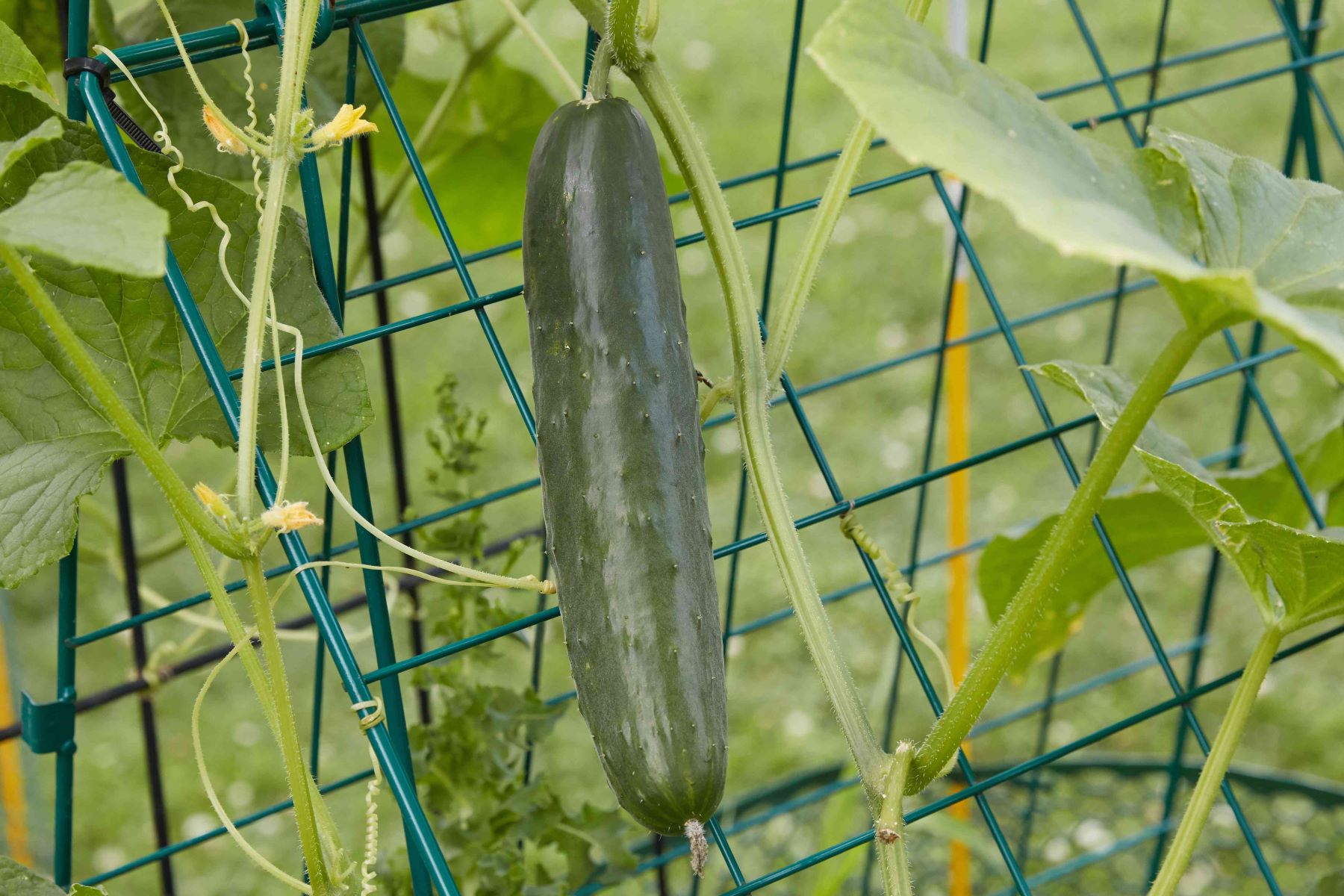
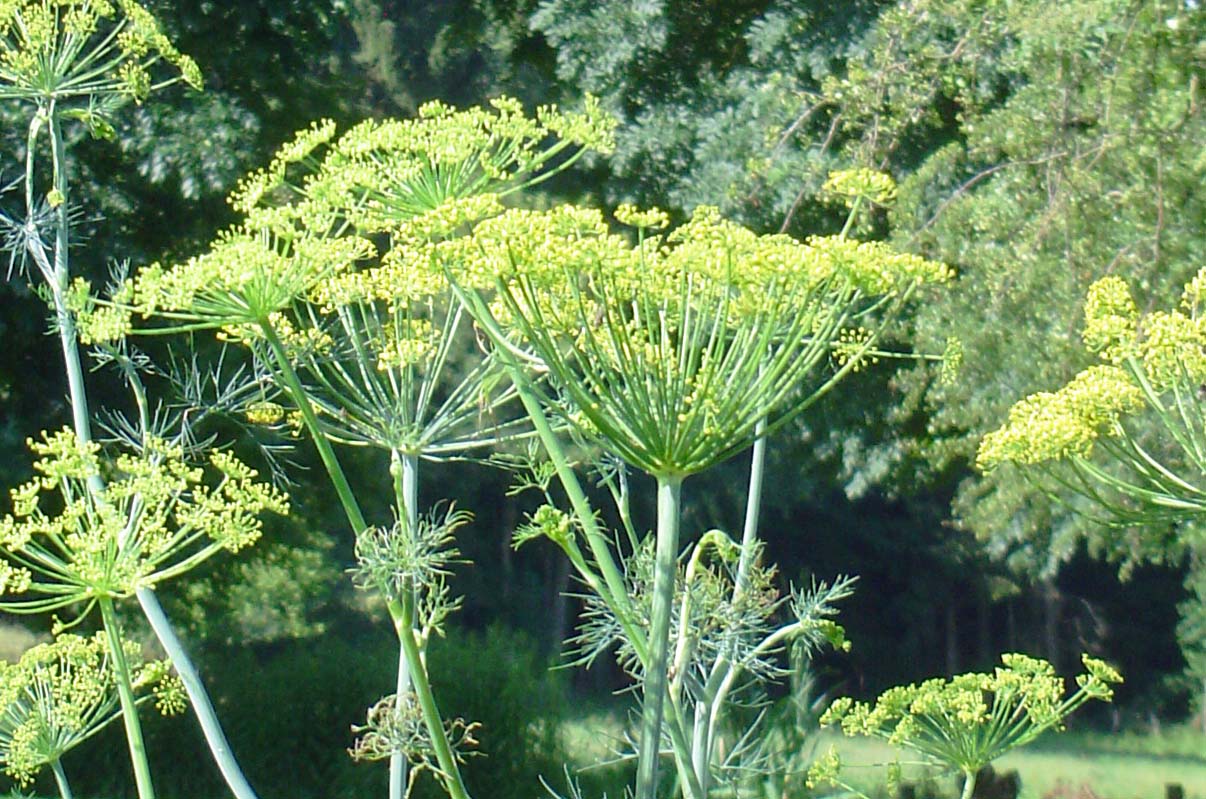
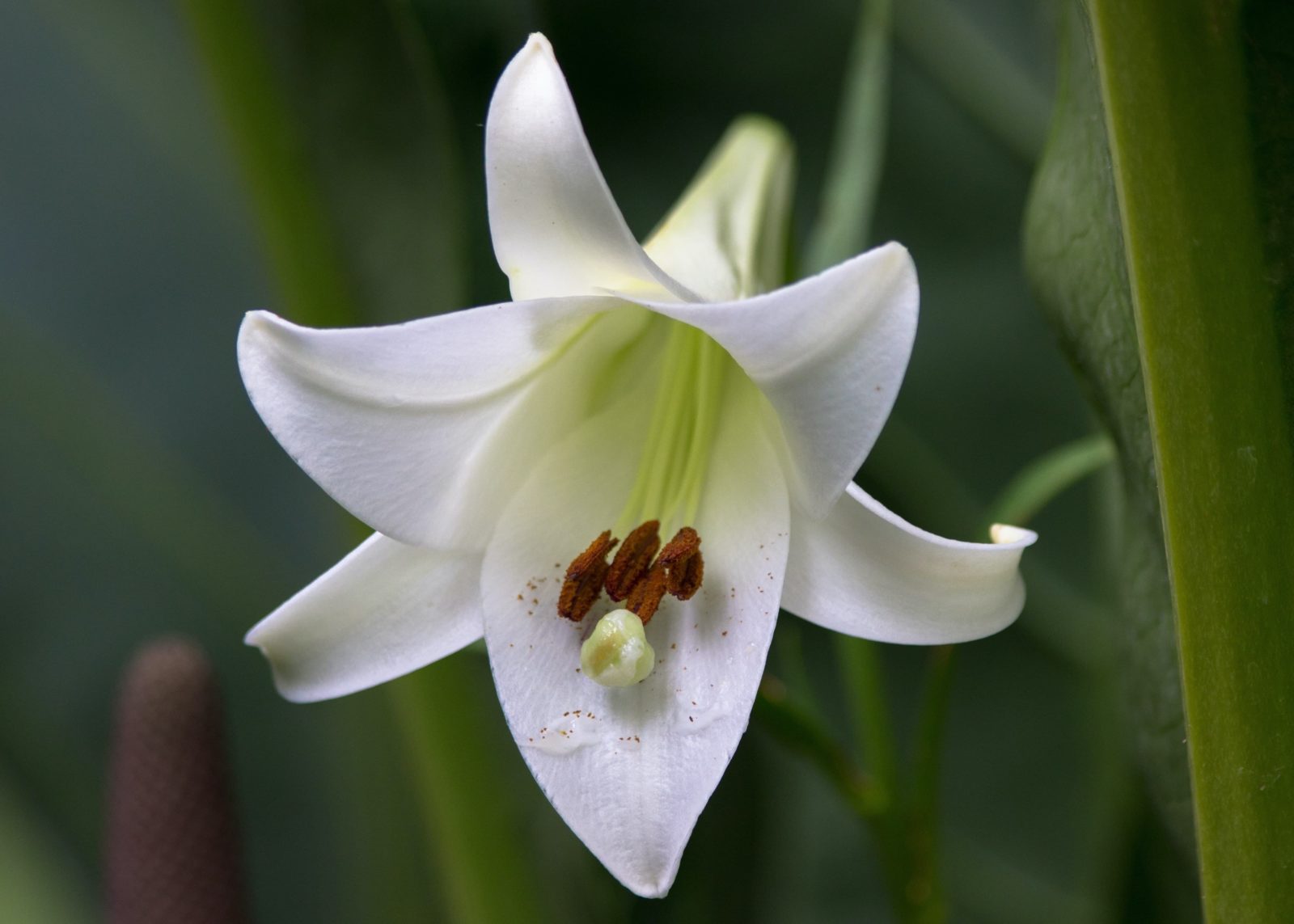
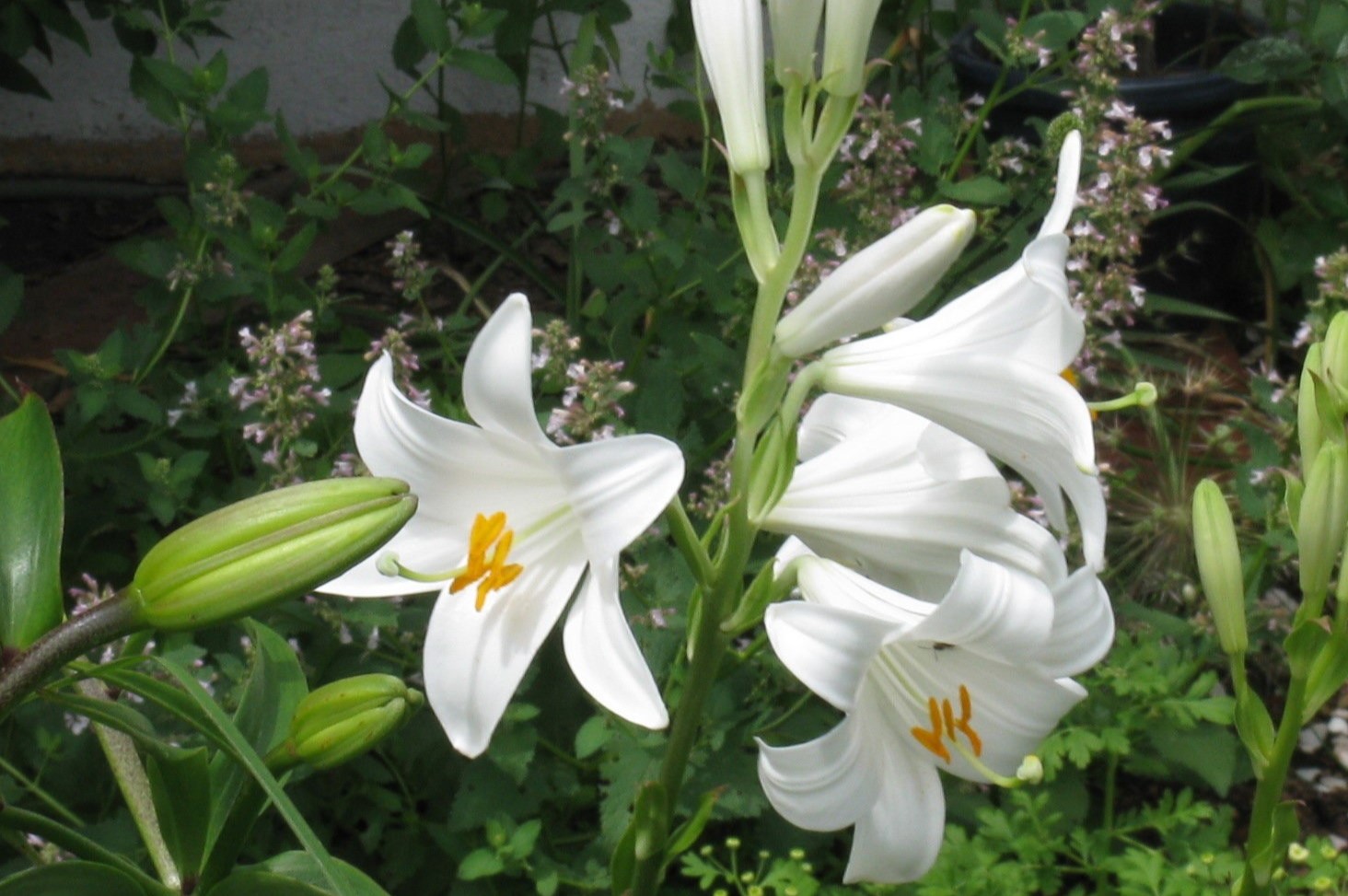
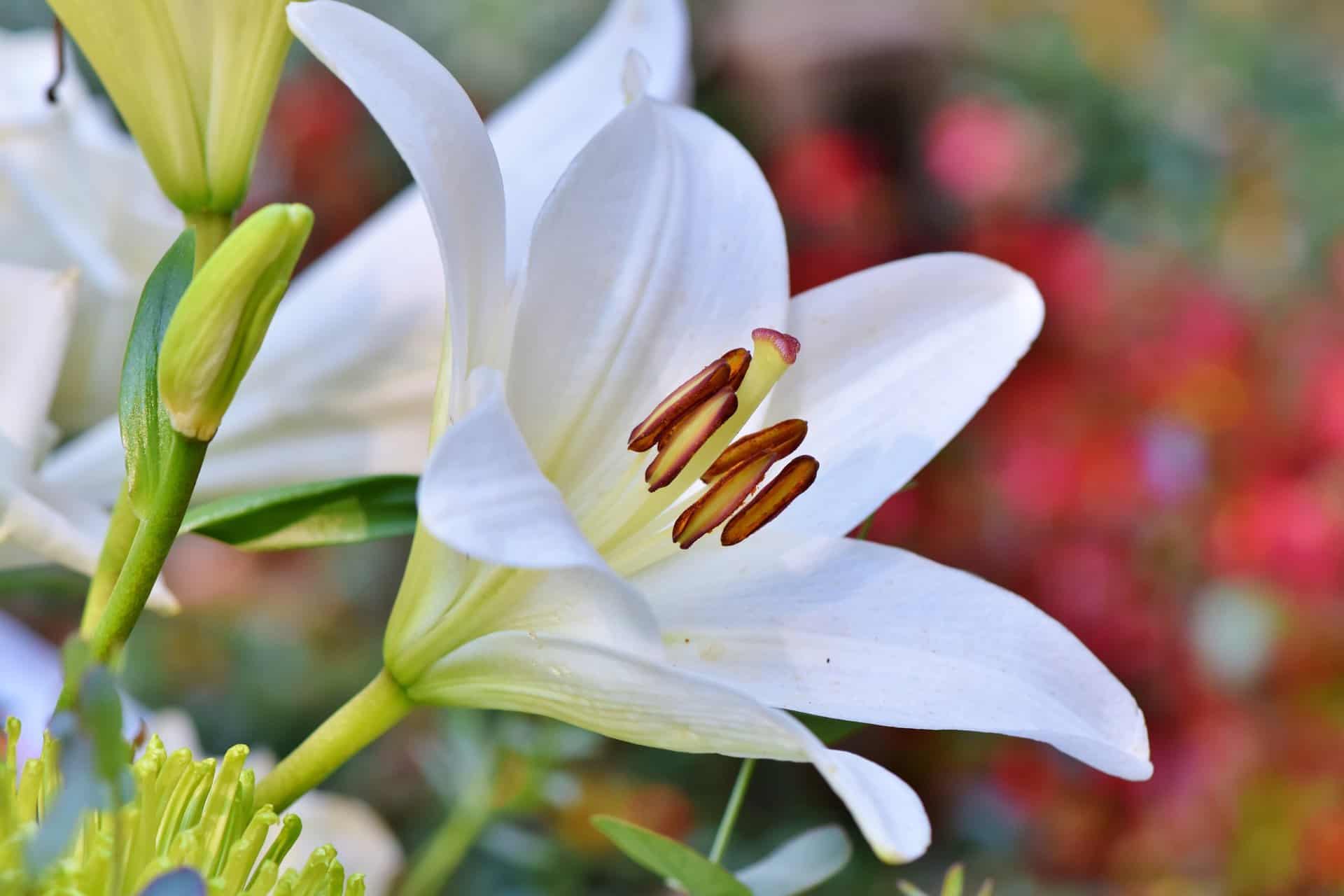
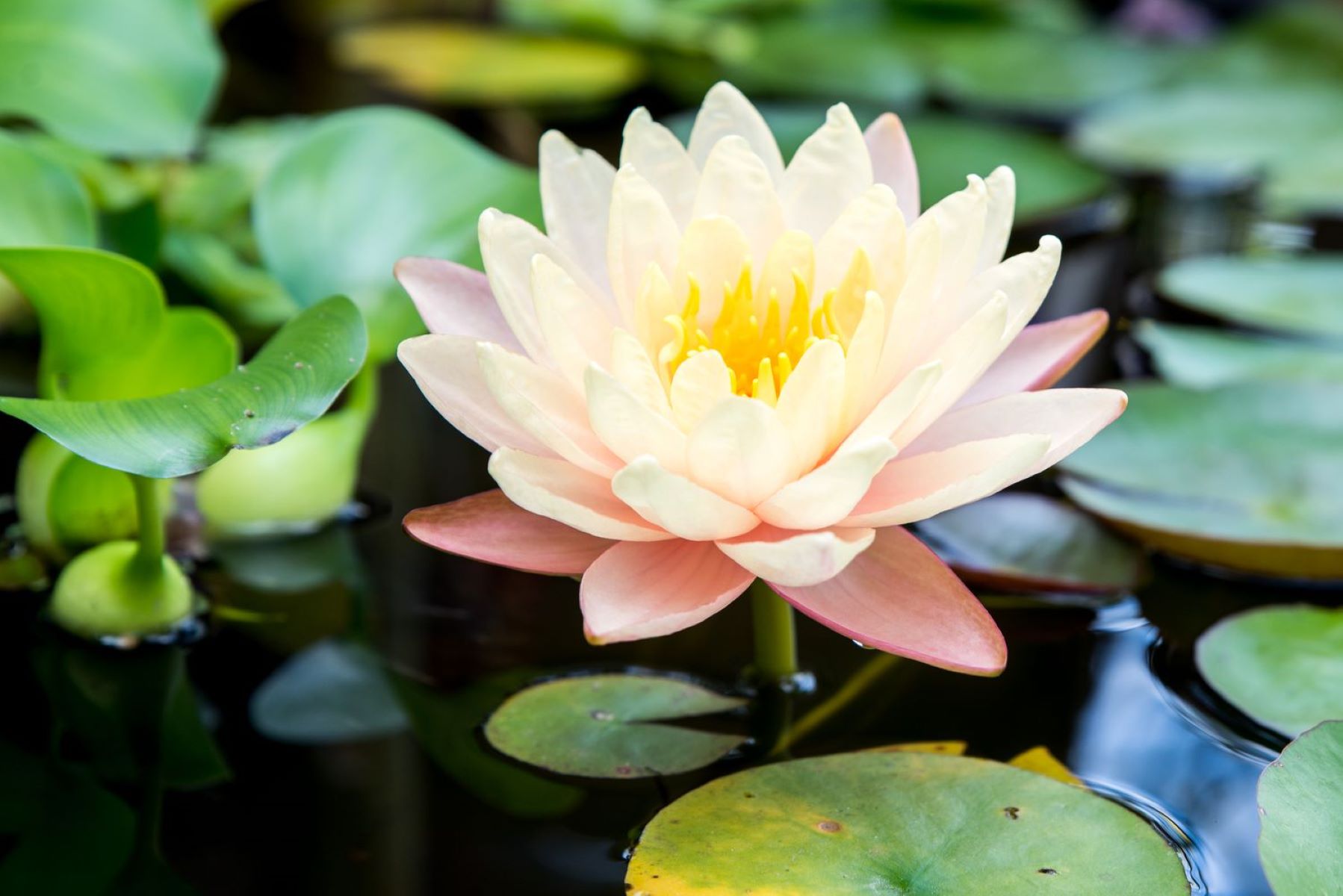
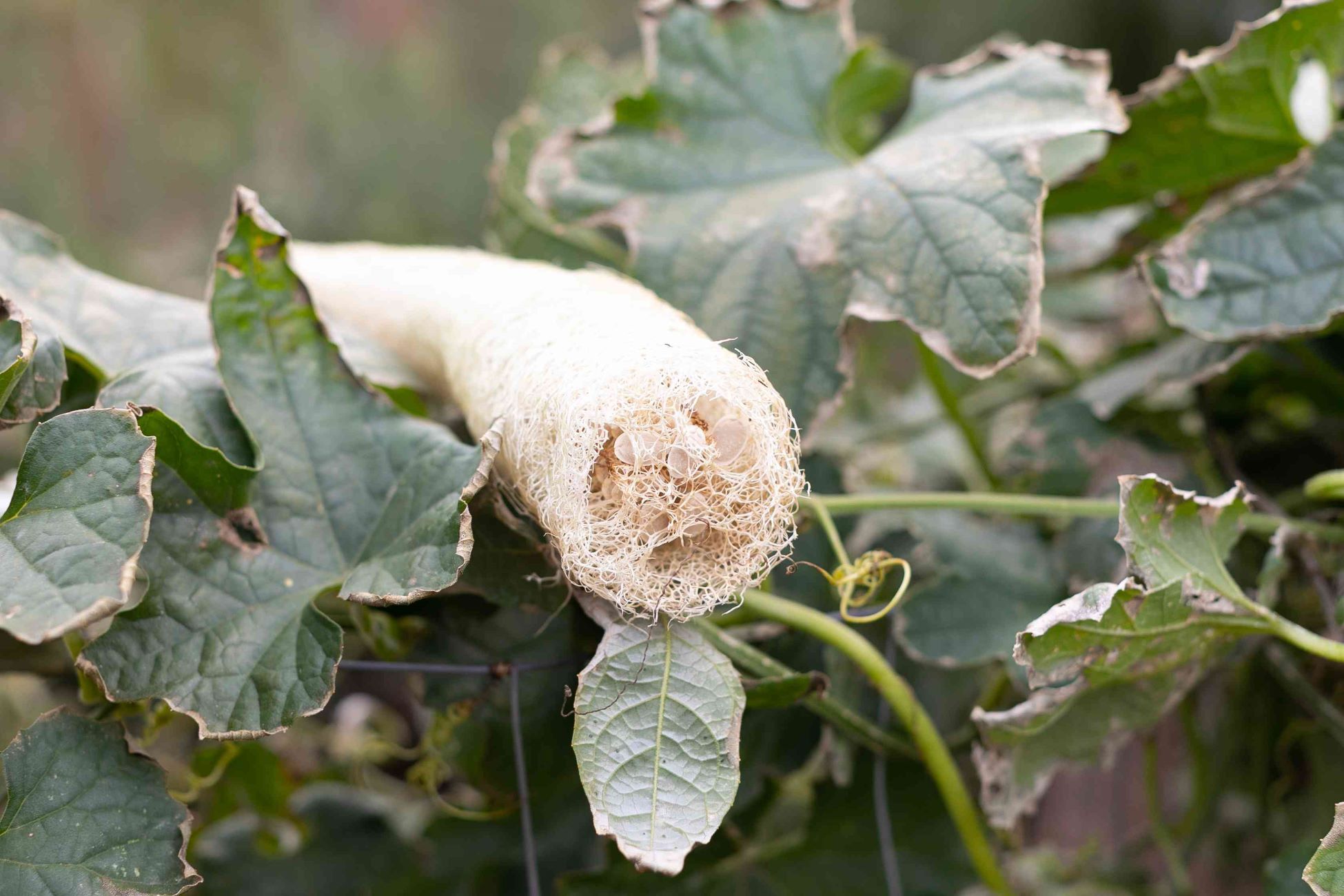
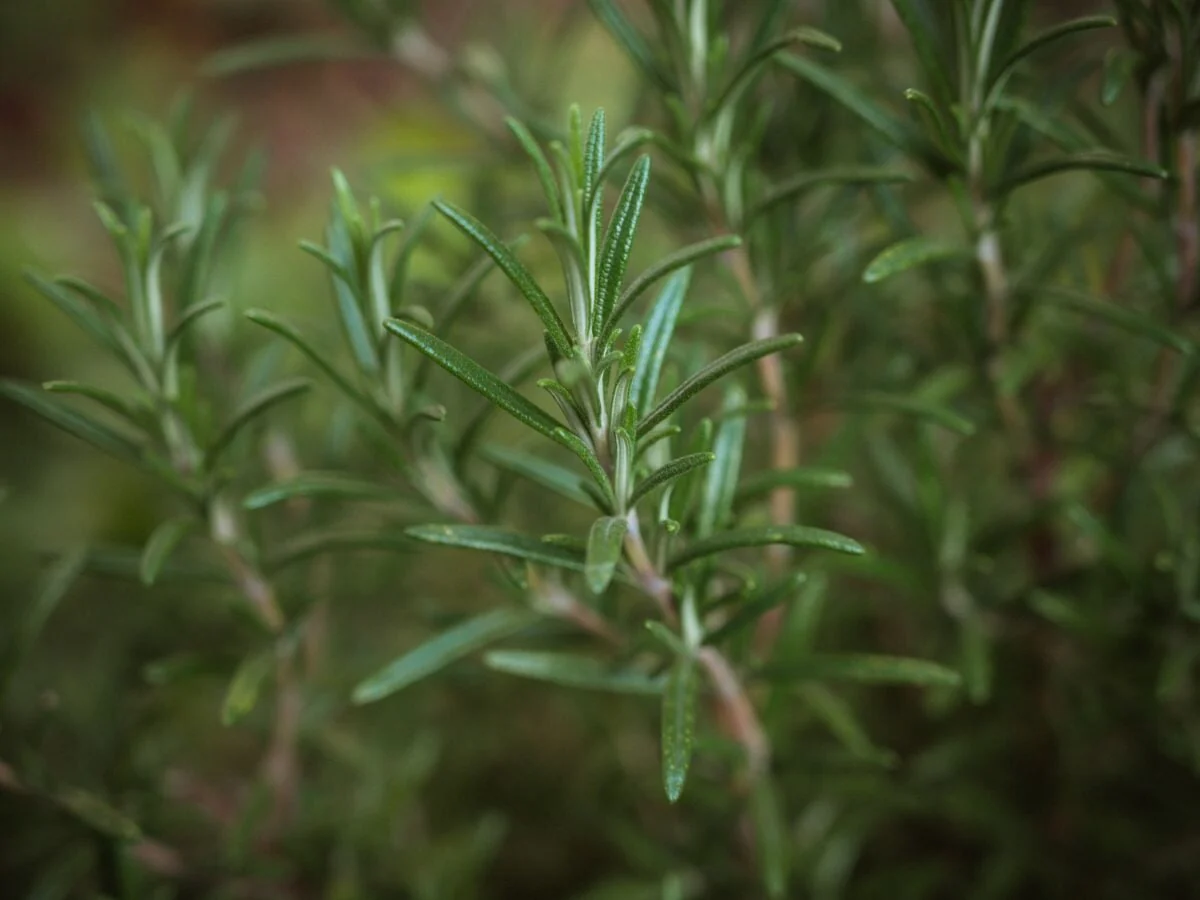
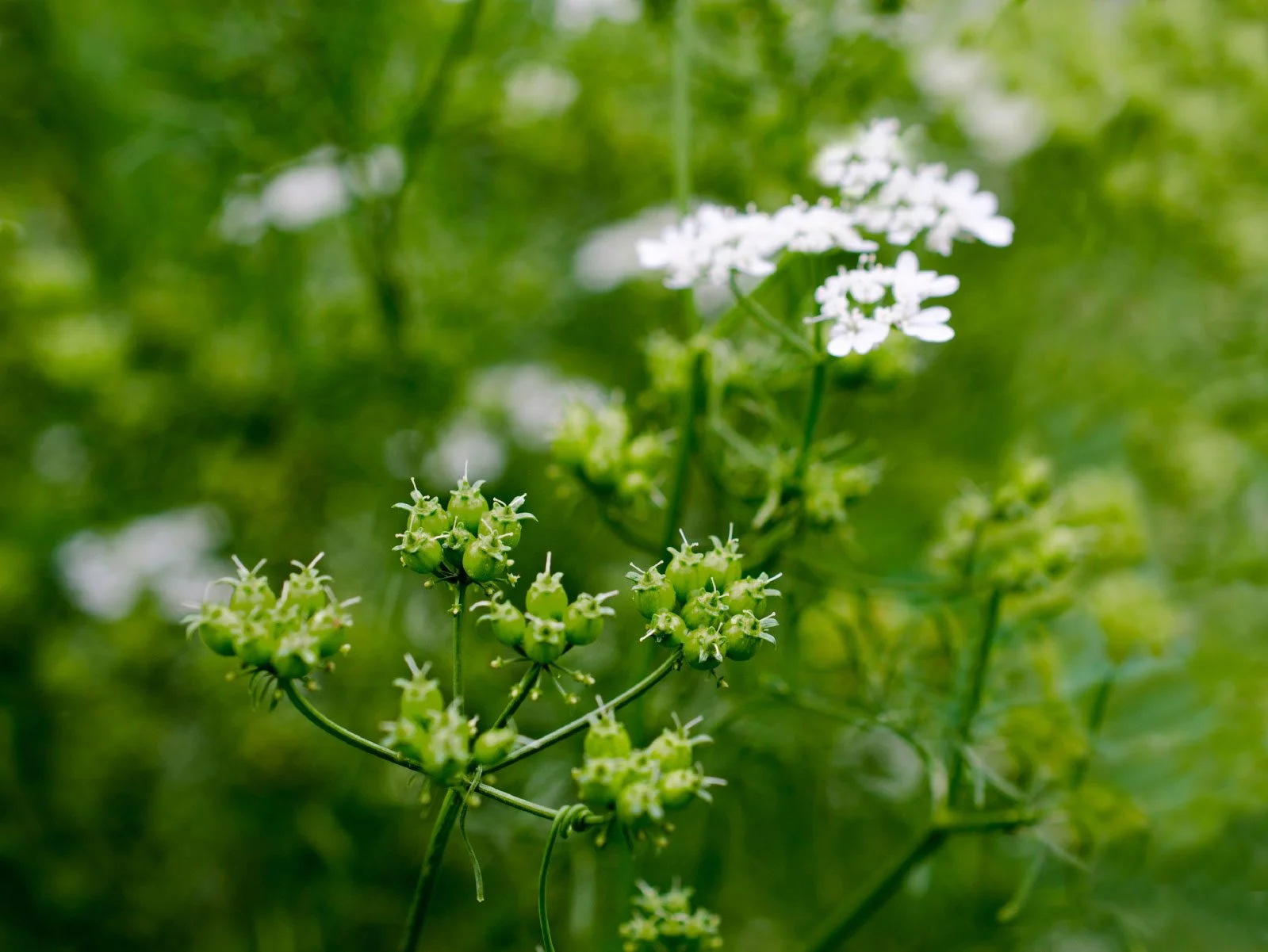

0 thoughts on “When To Harvest Calla Lily Seeds”